It’s easy to forget that social media has only been with us for just over a decade yet its impact on society and how we live has been dramatic. But when it comes to using social media for recruitment, many businesses are really missing out on the world of opportunities.
Think about it, the way we get information or share personal and business things has changed, so why is social media for recruitment being considered by organisations all around the world? In fact, those who are using social media are finding some of the best results in attracting top talent they otherwise would have missed out on.
In this guide we are going to take a closer look at the different ways you can use social media for recruitment, how it works and the strategies you can use to make the process work for your organisation.
What is social recruiting?
Social recruiting is recruiting candidates through the use of social media platforms as talent databases. Platforms such as LinkedIn, Facebook, and Twitter, and other websites, including online forums, job boards, and blogs are the primary tools used in social recruiting.
It can also be referred to as social media recruiting, social hiring and social recruitment.
Social recruiting also uses social media to advertise jobs either through HR vendors or through crowdsourcing where job seekers and others share job openings within their online social networks.
Traditional recruitment methods which include newspaper advertisements, physical job boards or even getting headhunted via recruitment practices are outside the scope of social recruiting but can be part of a wider strategy which sees these tactics used in the social media space.
How social recruiting works
Firstly, if you were wondering if social recruiting works then the answer is, obviously yes. In fact, not only can it complement your traditional recruitment methods but in many cases it is starting to overtake those strategies and equally combine the traditional as part of the recruitment platform for many organisations.
In fact, in some cases, recruiters are discussing how the use of social media can help them narrow down the candidate pool more effectively and quickly to find the candidates they want and need in their business.
Social media can be used in the recruitment process in the following ways:
- Promoting an organisation's brand, values and culture via their social media accounts.
- Announcing vacancies and driving visitors to the company recruitment page.
- Identifying potential candidates on LinkedIn and other platforms.
- Promoting the working life in an organisation via platforms such as Instagram and Facebook
- Creating engaging videos and sharing via platforms like Youtube.
The outcomes of doing so have been seen around the world in the following ways:
- 96% of job seekers use social media when conducting a job search (CareerArc)
- 49% of professionals follow companies on social media to stay aware of job opportunities (LinkedIn)
- 81% of jobseekers want to see job opportunities posted to Facebook (Link Humans)
- 46% of companies said social media recruiting investments are a focus in 2020 and beyond (Jobvite)
- Instagram recruiting more than doubled between 2017 and 2020 (Jobvite)
- Nearly 40 million people search for jobs on LinkedIn each week (LinkedIn)
How to use social media for recruiting
With the associated benefits and the change in behaviours - especially with younger audiences entering the workforce, social media can not only be used to simply be a shop window but help in all the different stages of the recruitment process.
From research to attracting the best talent, social media - when deployed correctly - can be used as a powerful tool in the recruitment process.Here are some of the ways social media can be used for recruitment:
Employer branding
Employer branding describes an employer's reputation as a place to work and their employee value proposition.
You want to be able to attract the best talent and one of the ways of doing this is by showing potential employees what the values and the culture of the organisation are and how staff appear to feel about working there.
It's clear that for many who grew up with the stories of Google’s offices it attracted a certain type of candidate (slides, sleeping pods, break out rooms). Employer branding through social media is an extension of all of this as well as representing the organisation’s culture, values and ethical standards.
Paid advertising
Part of the social platform experience is that it is free for anyone to use but also offers paid advertising facilities to help target new candidates. These are offered by various social platforms such as:
- TikTok
Part of the paid experience is that there are targeting options available from some of these (E.g. Facebook).
This means that organisations can reach out to specific demographics and inadvertently recruit through social sharing and so forth.
Engage passive candidates
Sometimes, your best candidates aren’t even looking for a new role, and that’s where social media can break through more than in other traditional methods.
If you think about when and where candidates are using social media your potential to reach not only candidates who are actively looking as well those who are passive is exponentially greater.
Passive candidates are people who aren’t actively seeking alternative employment but would potentially be interested in the right vacancy.
It’s interesting to note that there are many more passive than active job seekers - and social media provides an effective way to communicate with them.
Screen candidates
If there is one thing that social media has allowed over the traditional methods is the ability to screen candidates more thoroughly - which means that not only do they get to see what you put out about your organisation but you get to see if they are the right fit for you and your organisation.
You can use social media to get a better understanding of them, their behaviours and values.
Whilst many can argue that there is a lack of fairness in using a personal tool (for many candidates) to judge professional behaviour or performance, it can equally be argued that individuals are precisely that, individuals and will have values that don’t come out in interviews or testing which can not fit an organisation’s behaviour.
However, organisations must also act ethically. Fake accounts or soliciting information under fake personas won’t be viewed with the best intentions by candidates. Ensuring that the screening process is done with rigorous legal and ethical standards is essential.
Stand out from the crowd
One of the key advantages of social media is the ability to visually story tell as well as developing powerful messaging to grab the attention of potential candidates via social media.
Building a brand proposition online deserves time and attention - but when done correctly, they can make organisations appear to be really unique and different from the crowd which is an inherent advantage over competitors in attracting the best talent.
As the vast majority of social media feeds are primarily visual - so job advertisements / promotions on social media need to be visually engaging, appealing and shareworthy.
Develop a blog
Blogs are social media, in fact, they are the original form of social media and remain a powerful tool to this day. Twitter is classed as micro blogging so the power of a good blog post can make all the difference.
Company blogs can be used to share great content about the organisation, ideas, values and opinions. Even things like market trends can be a powerful tool for a blog.
One of the biggest uses in recent years is using the company blog to explain a social media campaign or further develop social media collateral.
Jobs can be announced from blog posts that can potentially provide a lot more information of value to potential candidates - such as feedback from existing employees.
Blog posts announcing opportunities can be posted on social media - and if they are engaging, appealing or interesting they are likely to be shared again by some who see the posts.
Use memes
A great meme can go a long way and we’ve seen examples of Doritors, Budweiser and even Rolls Royce campaigns where memes have been put to good use.
Creating share-worthy memes can be good for branding, good for engagement and a lot of fun.
People who like memes are more likely to interact than with other forms of content.
Memes tend to be far more shareable on social media.
In summary
Social media has changed the way we understand, interact and view the world. One of the most important changes this has created is the way organisations can not only promote their values but also attract the top talent to come work for them.
We have seen a massive increase in the way that social media is now part of the recruitment process and can be used to advertise, communicate and get a job shared across individuals who weren’t even looking for a new role.
The Thomas Recruitment Platform can be integrated into social media to help advertise and promote new roles and positions within organisations as well as managing the recruitment process.




